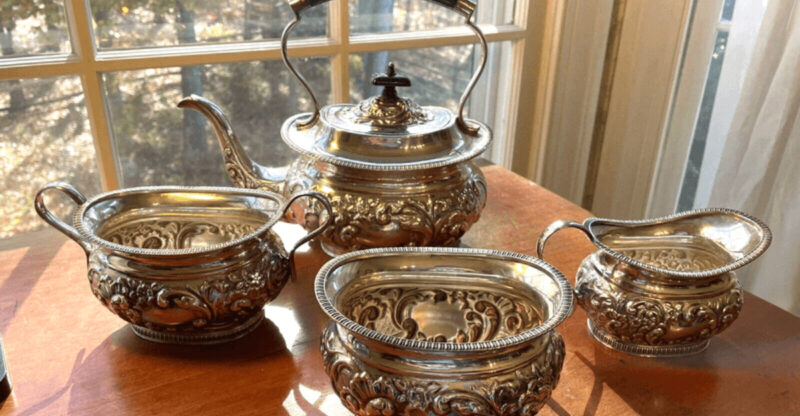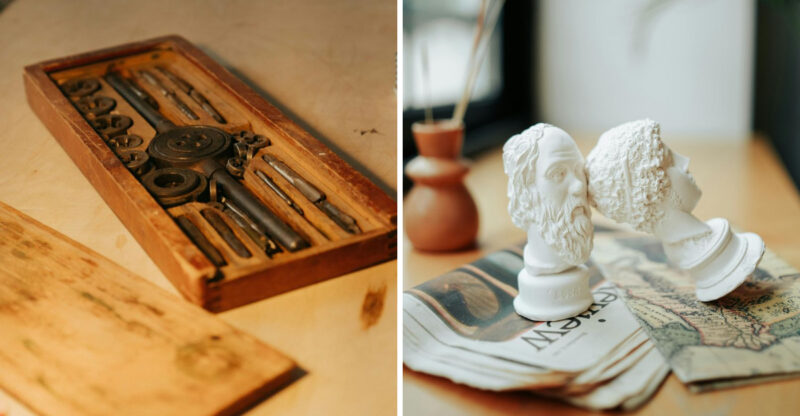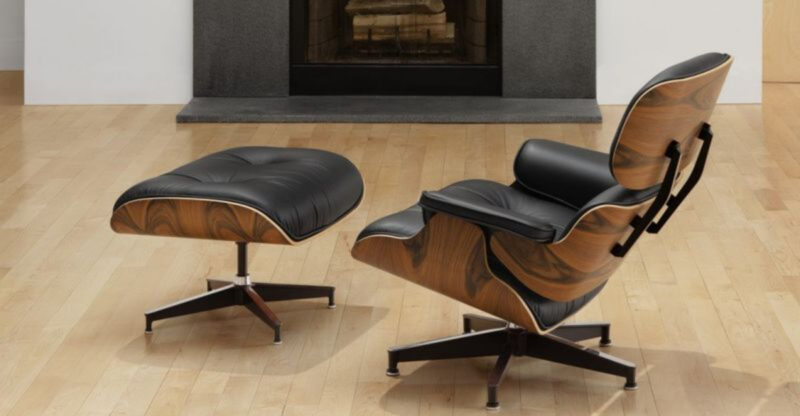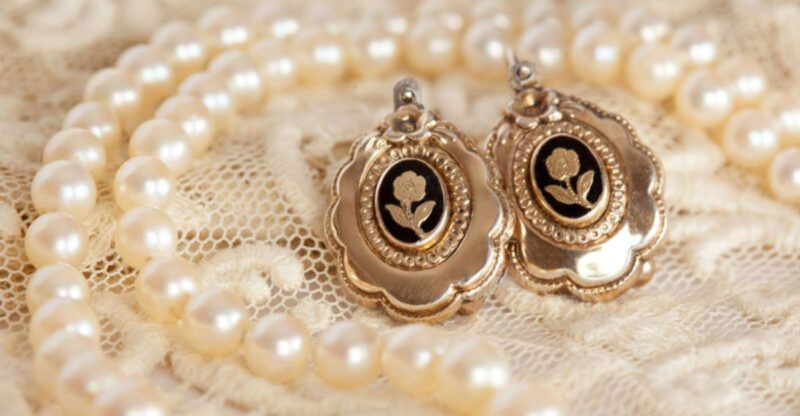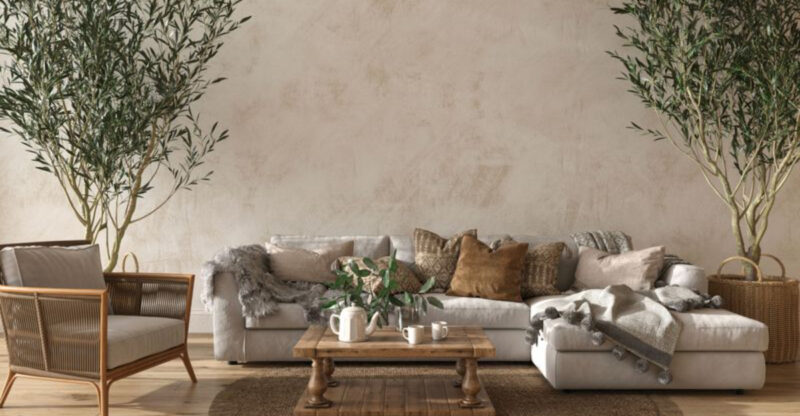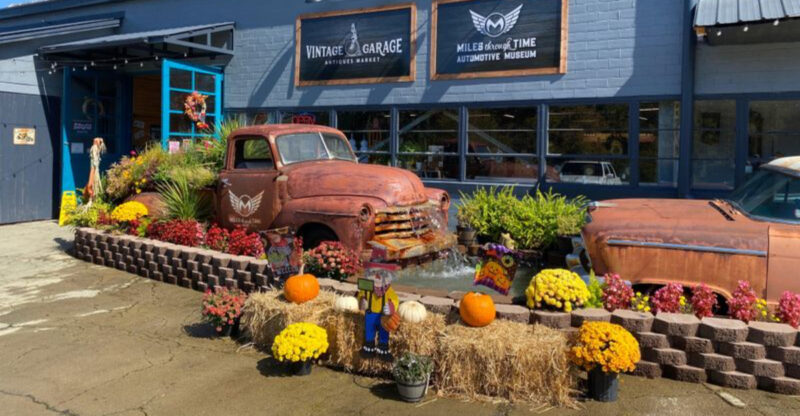22 Ways To Use Antiques In Your Home Without It Looking Like A Museum
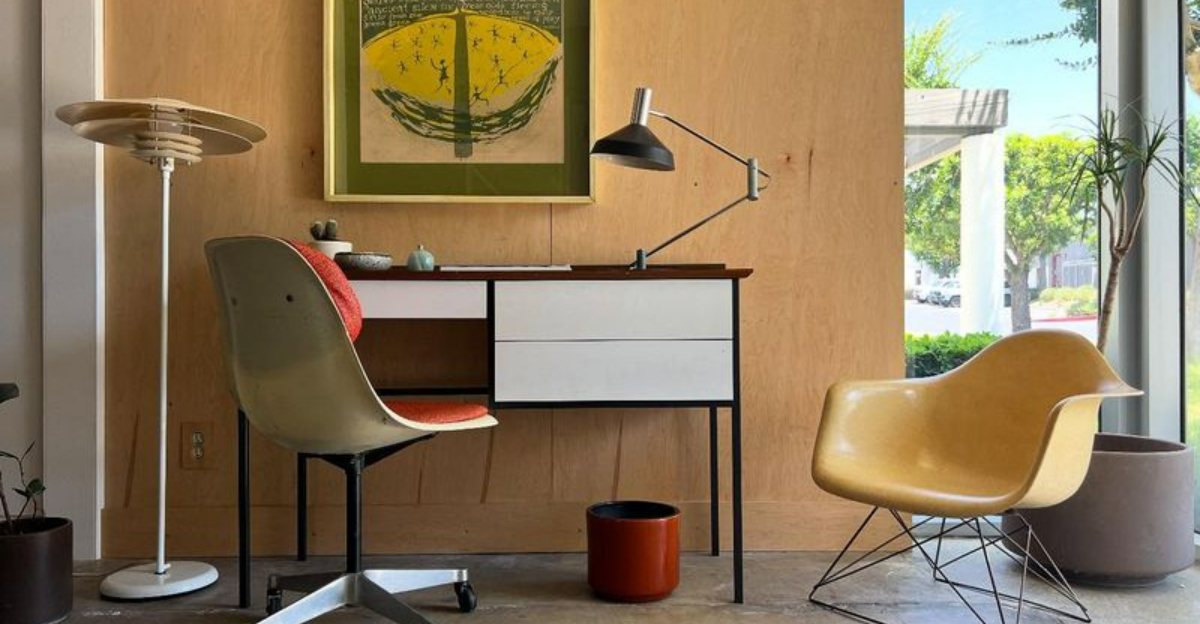
Antiques add character and history to our homes, but incorporating them can be tricky. Nobody wants their living space to feel like a stuffy museum where you’re afraid to touch anything.
I’ve discovered that with the right approach, vintage pieces can blend seamlessly with modern decor, creating a space that feels both timeless and livable.
Here’s how you can showcase your treasured finds while keeping your home feeling fresh and inviting.
1. Functional First Approach
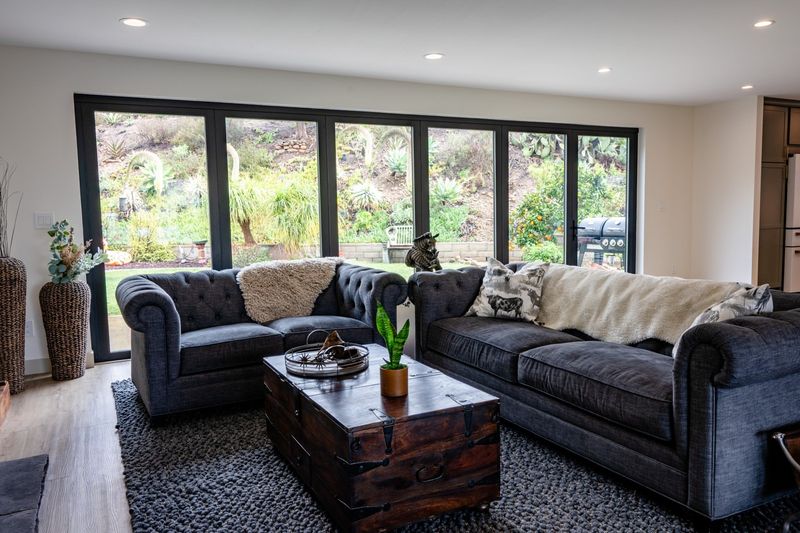
Your grandmother’s china doesn’t need to gather dust behind glass doors. I actually use my antique dishware for special dinners and my vintage desk for daily work. When antiques serve a purpose, they become part of your lifestyle rather than museum pieces.
Look for items that can pull double duty. An old trunk makes a fantastic coffee table with hidden storage. Vintage kitchen tools can work just as well as their modern counterparts while adding charm to your cooking space.
2. Create Unexpected Vignettes
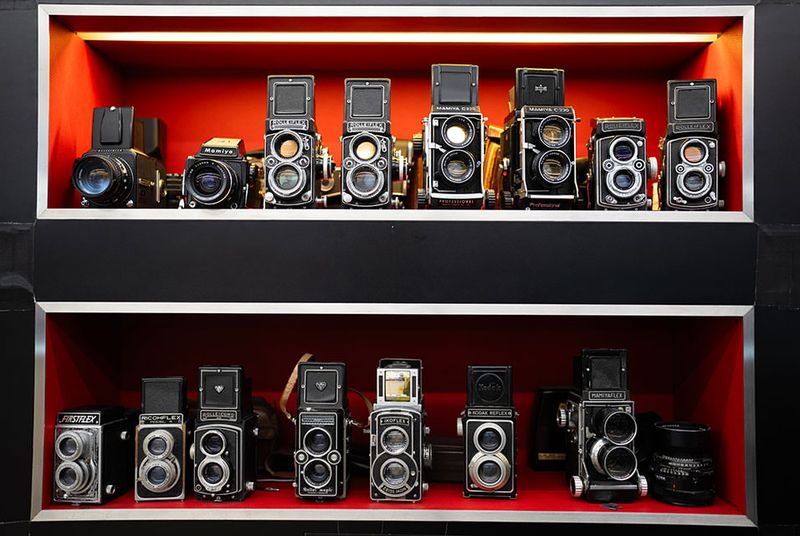
Playing with unexpected combinations keeps things interesting. I’ve placed my collection of vintage cameras on floating shelves alongside modern books and plants. The surprise factor makes these displays feel curated rather than cluttered.
Try grouping items by color rather than era for a cohesive look. Or arrange pieces by theme – travel mementos from different decades can tell a story when displayed together. These thoughtful groupings feel intentional rather than like random museum exhibits.
3. Update With Fresh Textiles
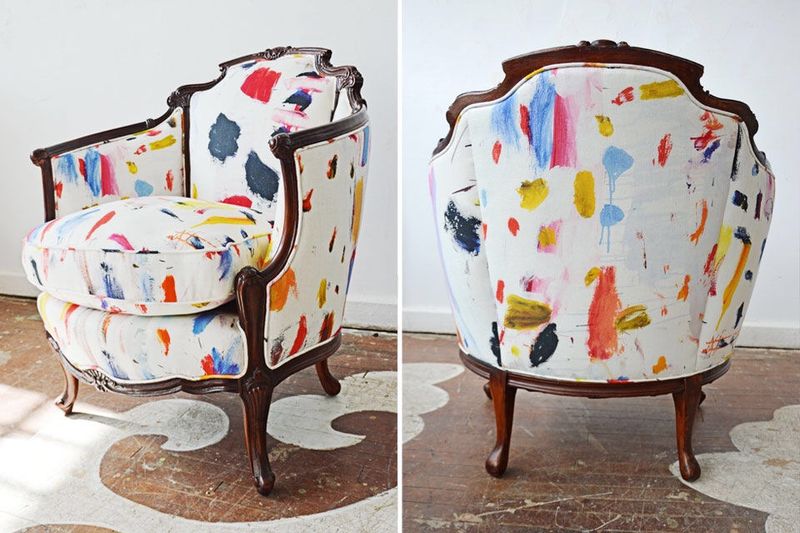
That Victorian chair doesn’t need to keep its original upholstery. I transformed my great-aunt’s antique wingback with bold geometric fabric, instantly bringing it into this century. Fresh textiles breathe new life into old furniture frames.
Consider recovering antique dining chairs in coordinating modern fabrics for an eclectic set. Even simpler – drape a vintage bench with a contemporary throw, or place modern pillows on an antique settee. These soft updates maintain the bones of good pieces while refreshing their look.
4. Mix Old With New
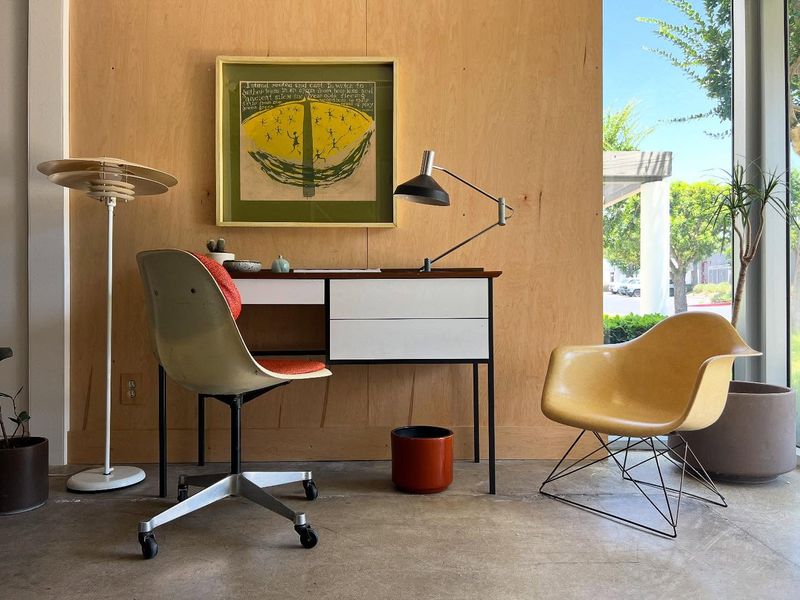
The secret to using antiques without the museum vibe is all about balance. I pair my vintage secretary desk with a sleek modern chair, creating conversation between different eras. This contrast makes both pieces stand out in their own way.
The juxtaposition creates visual interest while preventing the space from feeling like it’s trapped in the past. Try placing a contemporary lamp on an antique side table, or hanging modern art above a vintage credenza.
5. Paint Selectively
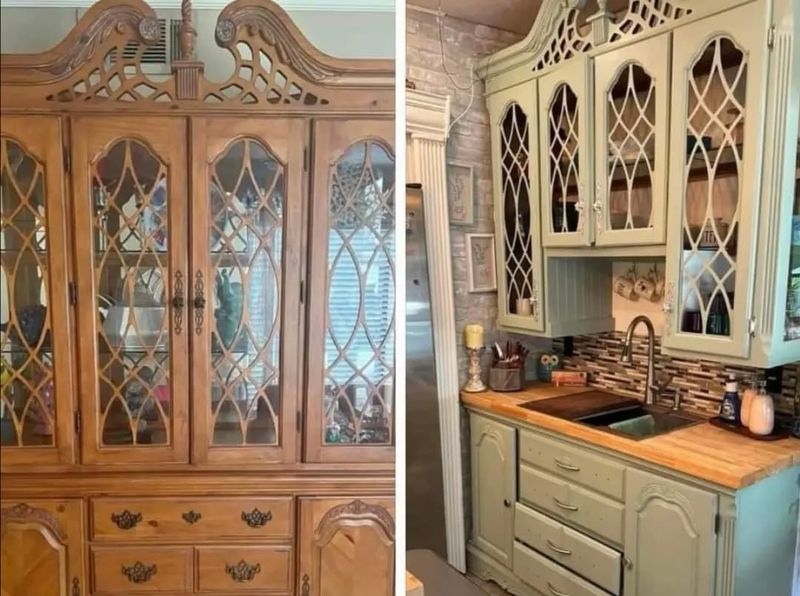
Sometimes a coat of paint is all you need to rejuvenate an antique. I painted the inside of my vintage china cabinet a vibrant teal while leaving the exterior wood finish intact. This unexpected pop of color makes it feel fresh and intentional.
Not every piece deserves paint – those with beautiful wood grain or original finishes might be best left alone. But for less precious items or those with damaged finishes, paint can work wonders. Try chalk paint for an easy application that suits vintage pieces perfectly.
6. Repurpose Creatively
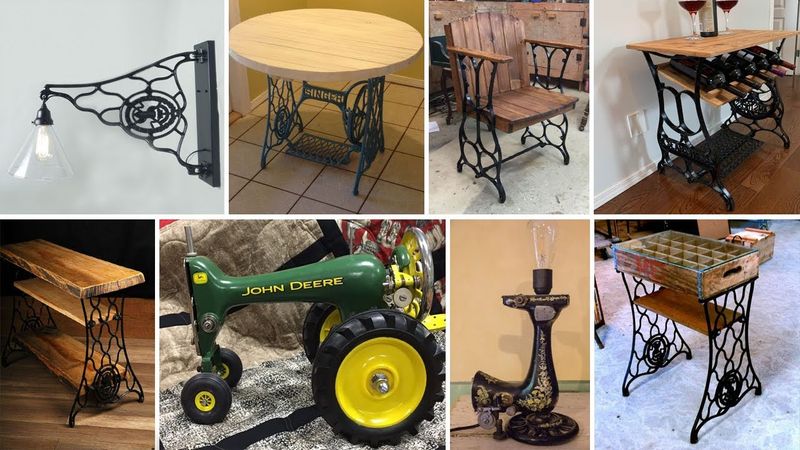
Giving antiques new jobs keeps them relevant. My favorite lamp was crafted from an old sewing machine base with a modern shade. These creative transformations honor the past while serving present needs.
Old ladders make wonderful blanket racks. Vintage suitcases stack into unique side tables. An antique door can become a dramatic headboard. When antiques take on surprising new roles, they feel like clever design choices rather than relics from another time.
7. One Statement Piece Per Room
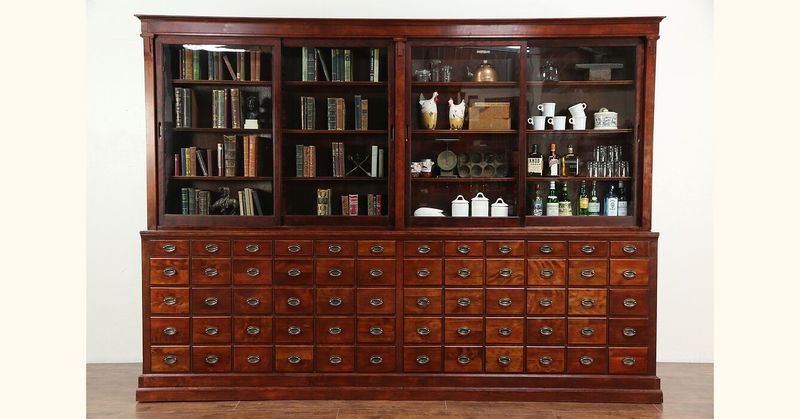
Too many antiques in one space creates that museum feeling. Instead, I let my massive vintage apothecary cabinet be the star of my office, keeping other furnishings more contemporary. This approach creates a focal point without overwhelming the space.
Choose your most impressive antique for each room and build around it. This strategy ensures your special pieces get the attention they deserve. The contrast with modern surroundings actually highlights the beauty of your antique rather than diminishing it.
8. Modernize With Lighting
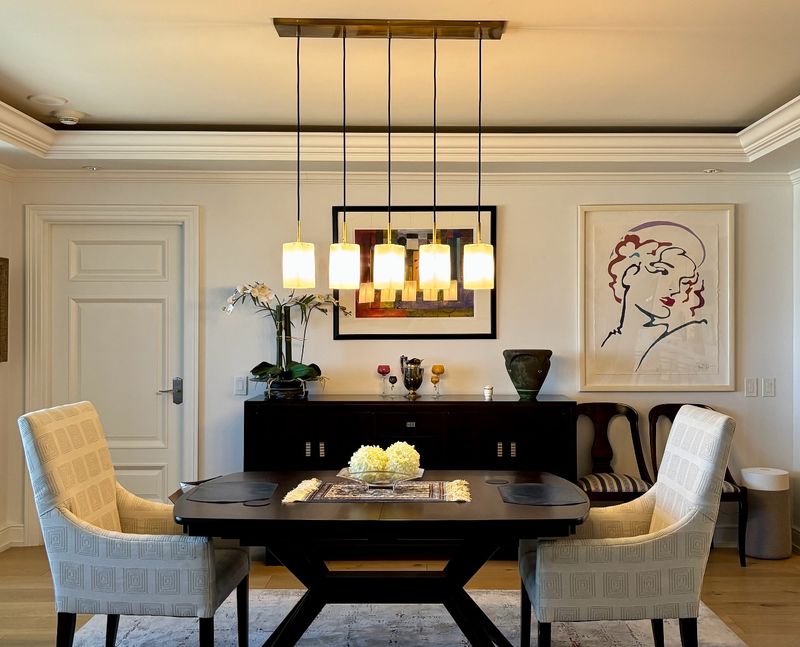
Contemporary lighting transforms how we perceive antiques. I installed sleek pendant lights above my vintage dining table, creating a dynamic energy between old and new. Good lighting design makes antiques feel intentional rather than outdated.
Try placing a minimalist floor lamp beside an ornate antique chair. Or mount modern sconces on either side of a vintage mirror. Even something as simple as replacing dated chandelier bulbs with bright LEDs can shift the entire feeling of an heirloom piece.
9. Display In Clean Spaces
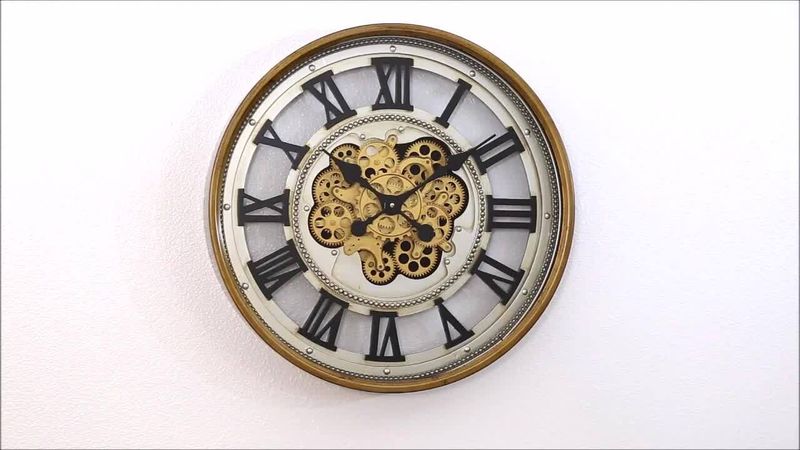
White space makes antiques breathe. My collection of vintage clocks pops against a simple white wall, free from competing patterns or textures. This gallery-like approach showcases the beauty of old pieces without the stuffiness.
Consider floating shelves with just a few choice antiques against a neutral wall. Or place a detailed vintage piece against a minimalist background. The contrast between ornate antiques and clean, contemporary surroundings creates a fresh, modern feeling that’s anything but museum-like.
10. Go Monochromatic
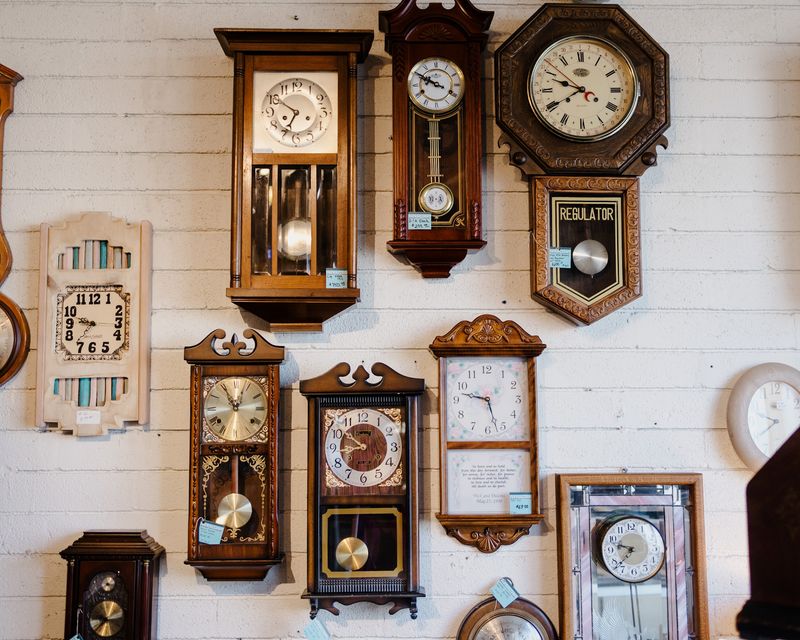
Color coordination helps antiques blend seamlessly. I painted several mismatched vintage frames the same matte black, creating a cohesive gallery wall that feels contemporary despite the ornate shapes. This simple trick unifies pieces from different eras.
Try gathering antiques of similar wood tones in one area. Or display collections in color families – brass items together, or blue glassware grouped on one shelf. This approach feels intentionally curated rather than randomly accumulated, avoiding that cluttered museum feeling.
11. Scale Matters
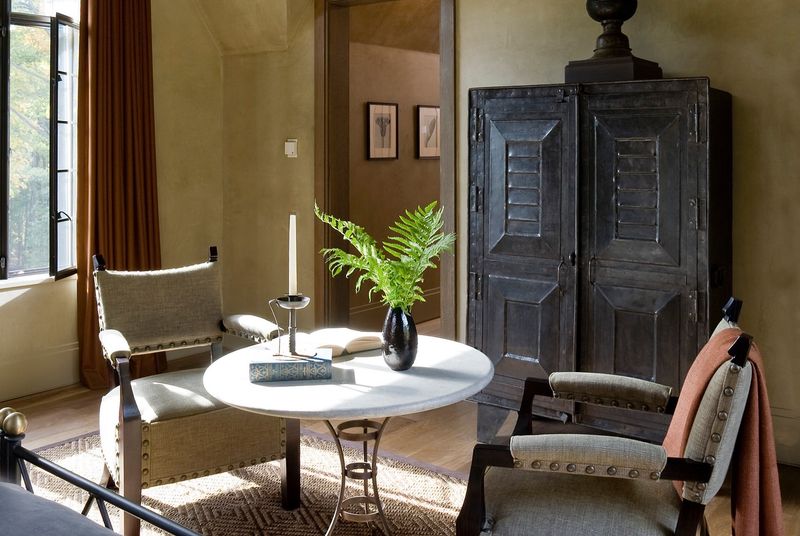
Balancing proportions keeps spaces feeling livable. My small apartment features just one large antique armoire, while smaller vintage pieces are scattered throughout. This prevents any room from feeling overwhelmed by heavy historical furniture.
If you have massive antique pieces, give them breathing room with simpler, smaller items nearby. For tiny spaces, choose smaller antiques like side tables or wall-mounted pieces. Getting the scale right ensures your home feels designed for modern living while still honoring beautiful old pieces.
12. Incorporate Natural Elements
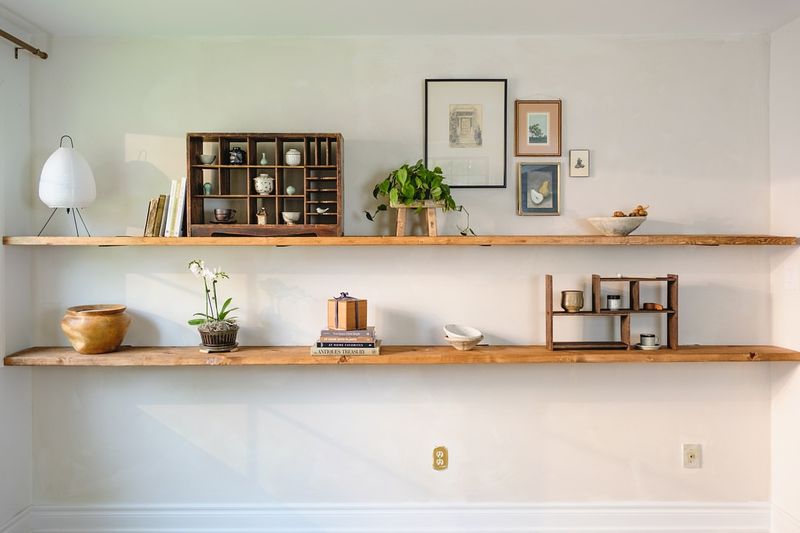
Plants and natural materials soften antiques beautifully. My Victorian bookcase feels fresh with potted ferns on each shelf alongside the books. Living elements bring vitality to spaces with older furniture.
Try trailing ivy from an antique planter, or place a driftwood sculpture beside a vintage lamp. Natural elements are timeless, bridging old and new effortlessly. They also add texture and life that counterbalances the formality that can come with antique furniture.
13. Edit Ruthlessly
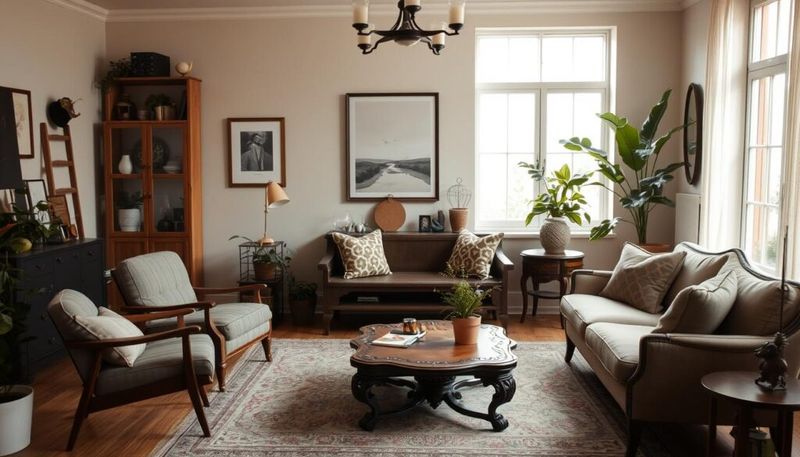
Curating with a critical eye prevents the collector’s trap. I regularly reassess my vintage pieces, keeping only what truly speaks to me or serves a purpose. This deliberate approach maintains a home that feels lived-in rather than preserved.
Ask yourself: Does this antique bring joy or function to my space? Would I buy it again today? Rotate seasonal items rather than displaying everything at once. Remember that fewer, more meaningful pieces make a stronger statement than a house full of random antiques.
14. Embrace Imperfection
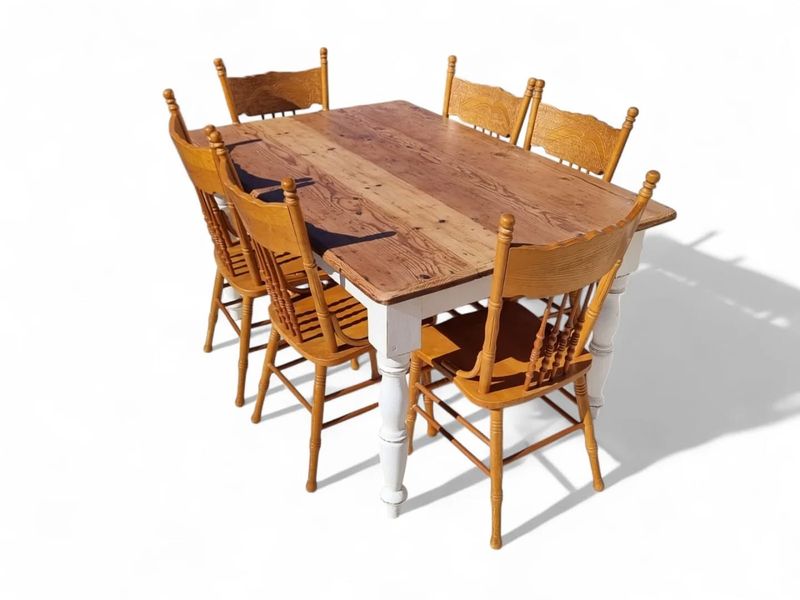
Patina tells a story worth celebrating. I love the worn edges of my antique farm table – they show years of family gatherings and create instant character. These imperfections make antiques feel approachable rather than precious.
Don’t rush to refinish every scratch or dent. A slightly tarnished mirror or a chair with worn upholstery can add soul to a room. These signs of age create authenticity that brand-new reproductions can never achieve, while keeping your space feeling comfortable rather than museum-perfect.
15. Layer Different Time Periods
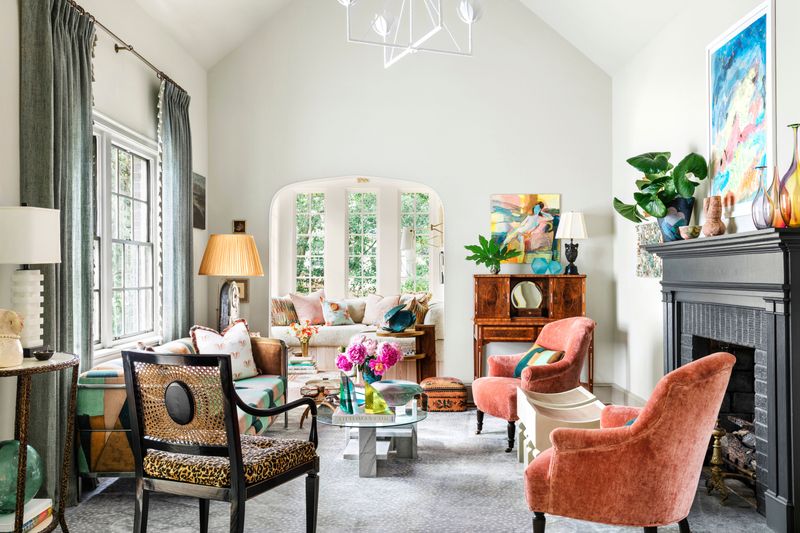
Historical diversity creates dynamic spaces. My living room combines a 1920s console table, mid-century armchairs, and contemporary art. This mixture feels collected over time rather than frozen in one era.
Try pairing Victorian side tables with 1970s lighting and current textiles. Or place Art Deco accessories on a rustic farmhouse shelf. These unexpected combinations create rooms that feel personal and evolved. The key is finding common elements – color, material, or shape – that tie different periods together.
16. Update Hardware
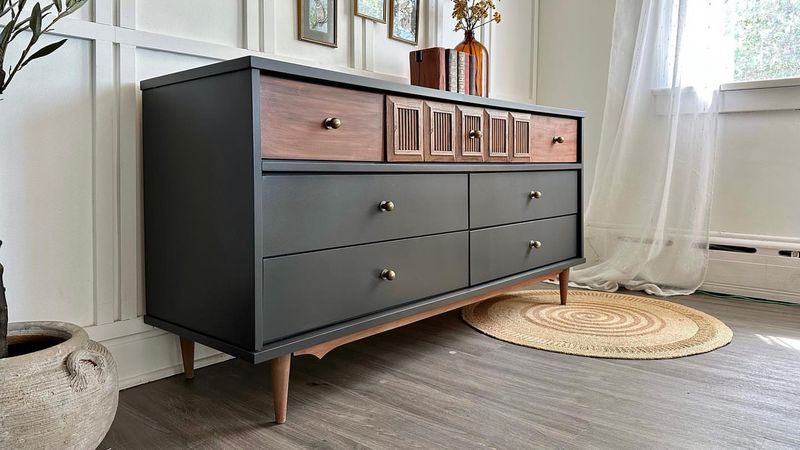
New knobs and pulls transform antique furniture instantly. I swapped the ornate brass handles on my vintage dresser for sleek matte black ones, completely changing its personality. This small change makes traditional pieces feel fresh and intentional.
This approach works wonders on cabinets, dressers, and desks. Try crystal knobs on a rustic piece for unexpected glamour. Or add leather pulls to a formal chest for a contemporary twist. Hardware is relatively inexpensive but makes a dramatic difference in how antiques integrate with your decor.
17. Showcase In Contemporary Architecture
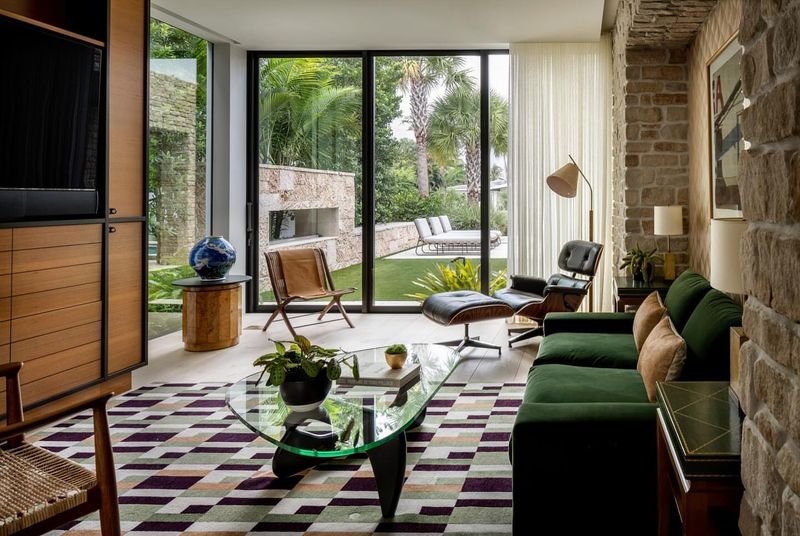
Modern surroundings make antiques shine. My century-old dining set looks stunning against floor-to-ceiling windows and concrete floors. This juxtaposition highlights the craftsmanship of older pieces while keeping the space feeling current.
Antiques pop beautifully against white walls, minimal trim, and open floor plans. The clean lines of contemporary architecture provide the perfect backdrop for ornate details and rich patinas. This contrast creates a dialogue between past and present that feels intentional and sophisticated.
18. Group Collections Thoughtfully
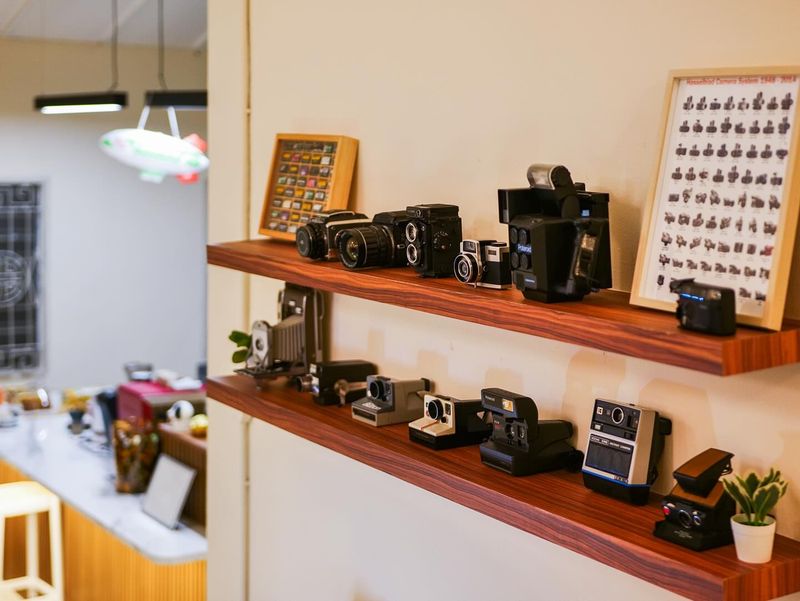
Intentional arrangement prevents the curio-cabinet effect. I display my vintage camera collection on a floating shelf with plenty of negative space between each piece. This thoughtful spacing feels curated rather than cluttered.
Consider shadow boxes for smaller collectibles, allowing each item to be appreciated individually. Or rotate displays seasonally to keep things fresh. The goal is to showcase the beauty of each piece without overwhelming your space. Remember that in design, negative space is just as important as the objects themselves.
19. Add Contemporary Art
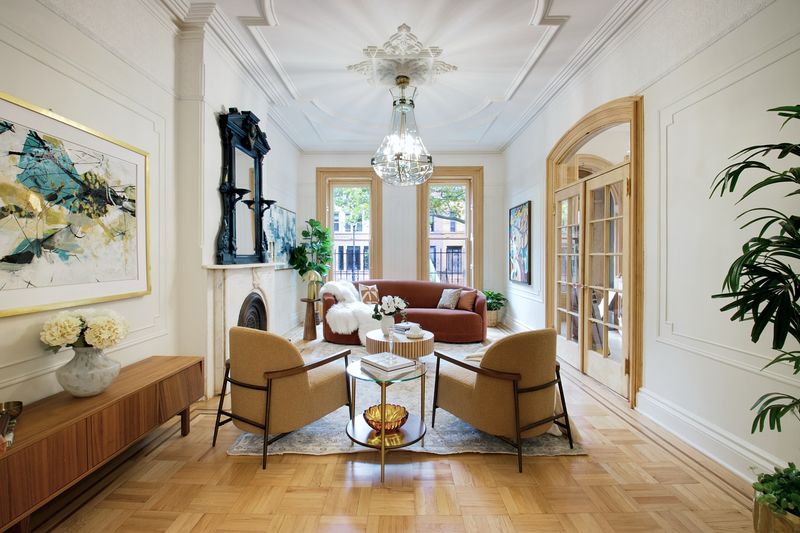
Modern artwork creates brilliant tension with antique furniture. I hung a large abstract canvas above my vintage credenza, instantly bringing the piece into the present day. This contrast feels fresh and intentional rather than stuck in the past.
Bold, contemporary photography works beautifully above traditional furniture. Or try modern sculptures on antique tables. Even simple graphic prints in sleek frames can transform how we perceive the antiques around them. This dialogue between time periods creates spaces that feel thoughtfully designed.
20. Choose Antiques With Clean Lines
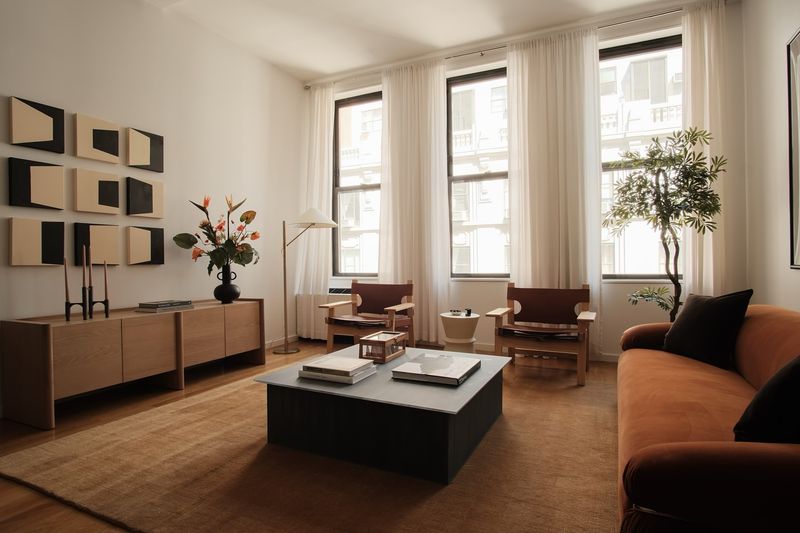
Some vintage pieces naturally feel more contemporary. I gravitate toward mid-century furniture with its sleek profiles that blend effortlessly with modern decor. These streamlined antiques avoid the fussy feeling associated with museums.
Look for Shaker pieces, Arts and Crafts furniture, or early modernist designs. Their simpler forms feel relevant today without much adaptation. Even some Art Deco or Bauhaus pieces, though nearly a century old, still look remarkably current in contemporary settings.
21. Use Antiques In Unexpected Rooms
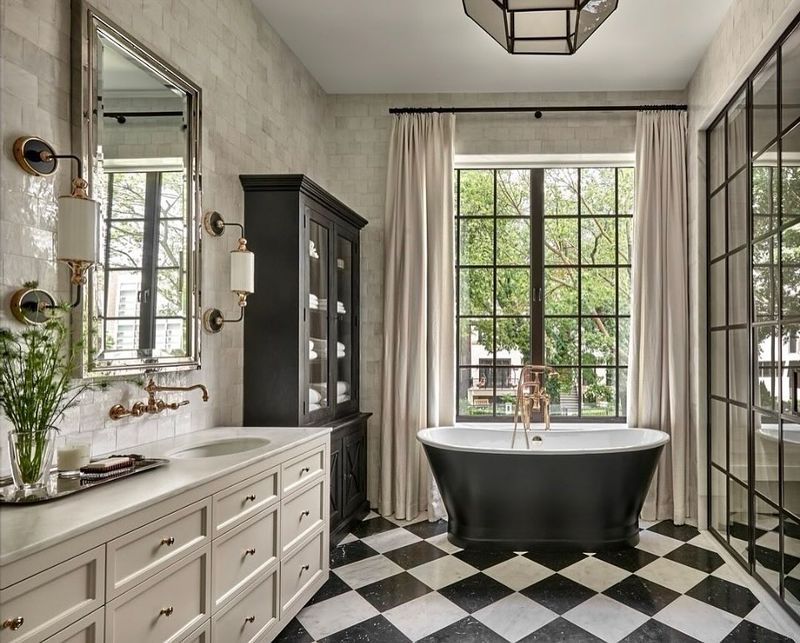
Breaking traditional placements creates fresh context. My antique armoire serves as a linen closet in my bathroom rather than a bedroom wardrobe. This unexpected location makes it feel like a deliberate design choice rather than a historical holdover.
Try a vintage desk in an entryway instead of a home office. Or use an antique chest in a child’s room painted in playful colors. When antiques appear where we don’t expect them, they feel surprising and contemporary rather than predictable and museum-like.
22. Play With Unexpected Color
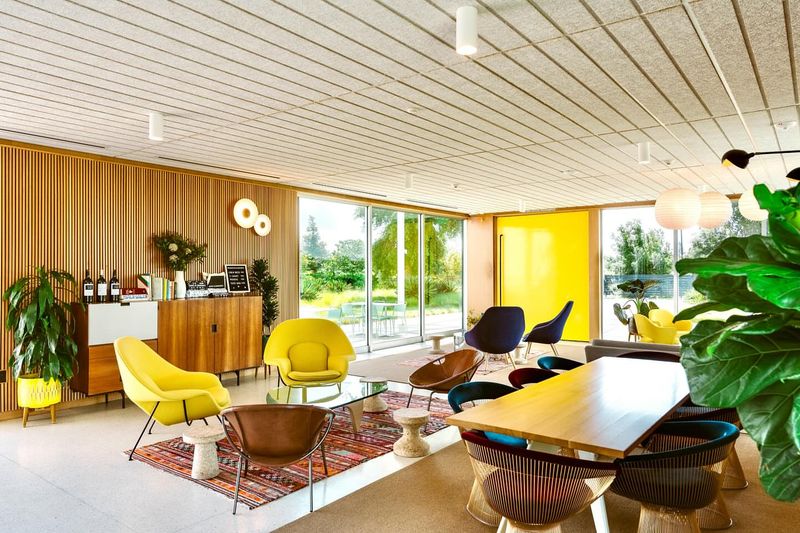
Bold color choices modernize antique pieces instantly. I painted my Victorian side table bright yellow, transforming it from formal to playful. This unexpected treatment makes it clear the piece isn’t taking itself too seriously.
Consider dip-dying the legs of an antique chair in neon pink. Or reupholster a traditional settee in vibrant patterned fabric. These color interventions signal that while you respect the history of the piece, you’re not precious about preserving it exactly as it was.

